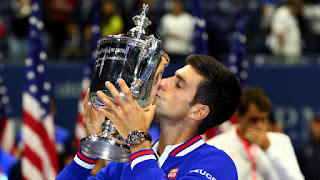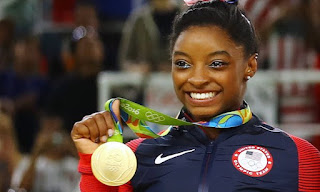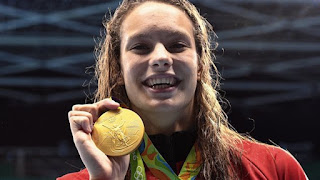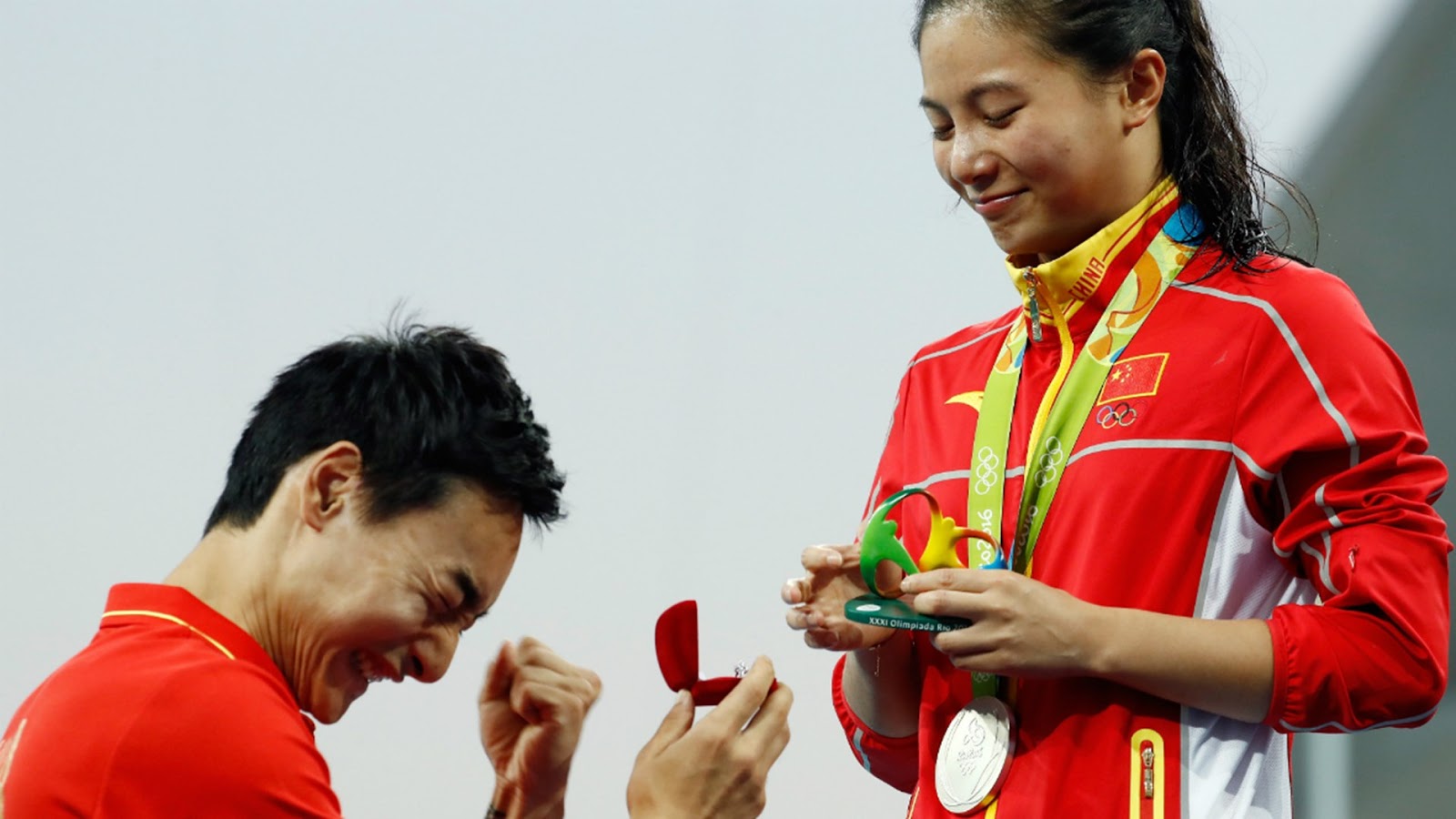#BetweenTheSheets: Welcome Back Curling!!
The 2016/17 season hits the ice
Goodbye Summer....Hello Curling?! Sure enough, as the days get shorter, the weather gets cooler and schools get louder...the ice gets colder on curling sheets around the globe. The 2016/17 #curling season is ready to rock your house once again. And #TwineTime is ready to bring you full coverage ALL season long! Yup, I can already tell how excited all of you are *crickets chirping* No really, hold back your applause and cheers, we have a preview blog post to get to here *still crickets chirping* AAAnnnnnyyyway....
Last season was a tumultuous one to say the least in the sport of curling. We had drama off the ice (#BroomGate) and we had drama on the ice (#SafetyPatrol). We saw clinical curling domination (#TeamKoe) and massive upsets (#TeamHoman). Overall, the 2015/16 curling season will go down in the record books as one to remember. I'm not going to get into full details on the season that was, you can read a great season review blog post (with a VERY special guest) on handing out the post-season Golden Granite Awards on the #TwineTime site if you need a memory refresher. I will give you the quick rundown of who claimed the big victories last season....and will have the dubious feat of trying to repeat these titles this season. Here is your #SeasonOfChampions summary:
World Mixed Curling Champions - Norway (Steffan Walstad)
Canadian Mixed Curling Champions - Alberta (Mick Lizmore)
Asia - Pacific Curling Champions (Men) - South Korea (Kim Soo-hyuk)
Asia - Pacific Curling Champions (Women) - Japan (Satsuki Fujisawa)
European Curling Champions (Men) - Sweden (Nik Edin)
European Curling Champions (Women) - Russia (Anna Sidorova)
Canadian Junior Curling Champions (Men) - Manitoba (Matt Dunstone)
Canadian Junior Curling Champions (Women) - Nova Scotia (Mary Fay)
Scotties Tournament of Hearts - Alberta (Chelsea Carey)
World Wheelchair Curling Champions - Russia (Andrey Smirnov)
World Junior Curling Champions (Men) - Scotland (Bruce Mouat)
World Junior Curling Champions (Women) - Canada (Mary Fay)
Tim Hortons Brier - Alberta (Kevin Koe)
World Women's Curling Champions - Switzerland (Binia Feltscher)
Canadian Senior Curling Champions (Men) - Ontario (Bryan Cochrane)
Canadian Senior Curling Championships (Women) - Nova Scotia (Colleen Jones)
Canadian Wheelchair Curling Champions - Saskatchewan (Darwin Bender)
World Men's Curling Champions - Canada (Kevin Koe)
World Senior Curling Champions (Men) - Sweden (Mats Wrana)
World Senior Curling Champions (Women) - Scotland (Jackie Lockhart)
World Mixed Doubles Curling Champions - Russia (Bryzgalova / Krushelnitskiy)
Congratulations once again to all of the winners listed above. Winning a major championship, whether national, continental or world, is a huge accomplishment. Best of luck to all of you on your #RoadToRepeat!
Now of course, the events listed above are the pinnacle of the sport annually. Every curler wants to enter their discipline hoping to find their name engraved on the big trophy and find their team colored in gold for a blog season review (or preview as in this case). But the big events are not all there is to the sport....what about the money???!! Of course, teams want to compete and win the events on the World Curling Tour every season too. World Curling Tour events bring in world ranking points, which lead to grand slam qualification, which lead to stronger competition and better ice conditions, which lead to better overall play from your team....oh and did I mention the money? Let's take a quick look at the #WCT Top 5 from 2015/16:
Men
1. Kevin Koe
2. Brad Gushue
3. Mike McEwen
4. Reid Carruthers
5. John Epping
Women
1. Rachel Homan
2. Jennifer Jones
3. Silvana Tirinzoni
4. Val Sweeting
5. Chelsea Carey
Interesting to note of the ten teams names above, all but one are from Canada (Silvana Tirinzoni - Switzerland). Does this mean Canadian teams are dominating the sport? Hardly, just scroll up and look at the gold winners. Hmmm, maybe there is something to be said about the world ranking system. Oh wait, #TwineTime already covered that in an earlier blog post to truly kick off the 2016/17 season. You should check it out....just click HERE! *shameless plug*
Can Team Koe continue the domination on the ice we saw at the end of last season? Can Team Homan re-create the historic season on tour that saw them come 1 grand slam win away from the previously unthinkable calendar grand slam? And what about those international teams? Will we see a new underdog story emerge at the world championships (i.e. Denmark, Japan)? And what about that pesky #BroomGate scandal from a year ago? Will that finally go away? #TwineTime doesn't have all the answers of course...but I sure have some speculations for you to consider while you shine your granite.
- Koe Kontinues - Kevin Koe came out of the gate a bit slow last season but poured it on once the calendar changed over to 2016. I expect to see a continuation of this level of play heading into the beginning of this season. Team Koe will be the overall champion of 2016! The overall #1 team for 2016/17 though? Let's not get too excited.
- Coming for that #1 Spot - The men's #1 ranking is going to be a dog fight this season. Koe starts the year at the top of the mountain but holds a VERY slim 3.517 points lead on #2 Brad Gushue, who holds a minor 69.722 points lead on #3 Mike McEwen. These three teams fought for the top ranking all last season, expect to see the same all out brawl among the top three this season once again.
- Happy Homan - The Team Homan bank account sure was filled with all smiles...and many, many, many dollar dollar bills y'all! This team made it rain on the ice and at the bank all year long. They dominated the tour schedule winning basically everything they played in. But, even with all those wins and all that money, the team did not end the season with smiles on their faces. Failing to win Ontario and play in the Scotties puts a slight sour note on the historic season. Watch out this year! While I cannot see Team Homan dominating the entire tour once again, expect them to win a few more grand slams, win Ontario and reclaim that Scotties title they are so hungry for.
- Team International - Sure Team Canada appears to dominate the Top 5 rankings entering the season but don't count on that staying the same this season. The World Is Coming Canada....and you better be ready to play! On the men's side, 9 of the Top 20 ranked teams are international, led be the always dangerous Team Murdoch, Team Edin and Team Ulsrud. But these aren't the only non-Canadian teams making a move up the men's rankings. USA's Team Shuster finished #10 last year (ahead of Ulsrud). Scotland's Team Brewster (#16) and Team Smith (#19) are steadily improving. And who can forget last year's world silver medal winners Team Stjerne from Denmark (#20). On the women's side, 8 of the Top 20 are international led by the the Swiss of course. Team Tirinzoni (#4), Team Paetz (#12) and Team Feltscher (#13) are going to continue to be a threat. Team Sidorova (#6) and Team Muirhead (#7) will also make a push up the rankings this season. And watch out for Team Japan! Both Team Ogasawara (#14) and Team Fujisawa (#17) will make a run at the Top 10, if not higher! Expect to see more international teams finding wins on tour and pushing for the top of the rankings.
- Everyone Loves An Underdog! - Last season Team Stjerne and Team Fujisawa delighted curling fans with their surprise final runs at the World Championships. On tour, Team Charley Thomas and Team Kerri Einarson came from lower in the rankings to start the year and finished #12 and #8 respectably in the world rankings. This is what the sport needs. We need to see teams start the year outside the Top 10 or Top 20 and make their way up the rankings, qualify for the grand slams and push the "elite" teams in the sport. How else can we #growthesport if we don't see more teams challenging for the grand slam and national/world titles? But who are our underdogs this season? On the men's and women's side, I believe there could be 3 teams who could move up the rankings this season and a few may even find themselves playing in grand slam events. You heard it hear first #curling fans, #TwineTime says keep an eye on these teams this season:
1. Team Matt Dunstone (#31)
2. Team Shaun Meachem (#39)
3. Team Heath McCormick (#64)
Women
1. Team Stef Lawton (#29)
2. Team Isabella Wrana (#43)
3. Team Bingyu Wang (#69)
- A Change Can Do You Good - This is a pivotal year in curling. The 2016/17 season officially starts the Olympic cycle! This will be the first season for teams to earn qualification points and direct entry berths into the Olympic Trials and/or Pre-Trials events. This is what dreams are made of and teams need to be ready. If a team has a horrible season in year one of the cycle, it can be almost impossible to regroup and keep your Olympic dreams alive heading into year two. We have already seen many notable off-season changes. Heck, just look at the names above for the #TwineTime dark horse contenders. All three men's teams saw off-season lineup changes as did Team Lawton and Team Wrana. Of course the biggest off-season announcements involved ex-teammates Pat Simmons and John Morris. Simmons decided to stay in Alberta in a slightly shocking announcement and join forces with Team Bottcher. Morris made a less surprising move to re-join old teammates Team Cotter in B.C. Time will tell whether either or both or neither of these moves pays off in the long-run. My guess is one pays off quite well while the other fizzles out after one season. I will leave it to all of you to guess which is which! Team Edin's lineup change due to second Kristian Lindstroem's shoulder injury could be interesting to watch...how will Rasmus Wrana fit in with the team as the regular second and will they need an adjustment period. Of course, depending on Lindstroem's recovery time, this adjustment could be short-term as well. Teams Howard, Kean, Gunnlaugson and Comeau could be interesting to watch as well. The women's tour will also see some big changes. Team Lawton and Team Anderson (former teammates) have solidified their new teams. Former Saskatchewan Lawton/Anderson rival Michelle Englot moves over to Manitoba to lead former Team McDonald now that past skip Kristy McDonald has decided to retire. Speaking of retiring, World Junior Champ skip Mary Fay hung up her shoes (for schooling, a very admirable and much respected decision btw) and her old team will now be skipped by former competitor Kristin Clarke. The Kaufman sisters will reunite as one team in Alberta, Eve Belisle takes over as skip of Lauren Mann's team in Quebec (Mann moves to vice) and Erin Carmody heads back to Atlantic Canada to join Jill Brothers as vice in Nova Scotia. International teams will see some change as well with Team Muirhead bringing Lauren Gray on as lead (replacing Sarah Reid), Cissi Ostlund coming in as fourth on Swedish powerhouse Team Sigfridsson and former New Brunswick champ Andrea Crawford joining forces with two-time world champion Andrea Schoepp in Germany. LOTS of change....but which moves will pay off for which teams will be the under-story of the 2016/17 season. For the full team tracker, visit HERE!
- #BroomGate Continues :( - Yes, I am sorry to say folks but this saga of sadness will not drift over to the bumpers this season. Sure a lot of headway was made in the off-season with the Sweeping Summit and online survey. Yes, we have moved a step forward on this issue. But we are nowhere close to solving the entire problem. Rules are still being finalized in relation to equipment restrictions and conversations on the topic are on-going. It was naive of anyone to think this entire problem would go away over the summer and everyone would come back in the fall with everything clearly worked out. But question marks do remain and the issue of sweeping technique still seems to be up in the air. Expect a bit more controversy and conversation this season rock heads and stoners. But also know all progress is good progress right now! This will get better! We will survive and this too shall pass! I still believe strict, defined equipment regulations and sweeping technique guidelines are required...but that is just the #TwineTime opinion. I am sure we will hear (and see) lots more on this topic over the season.
- FANTASY SPORTS!! - Ok I talked about this in my preview article last season....I will bring it up again this season. What the heck curling? Seriously, how have you not dived into the fantasy sports circle more? Now I must admit, I did see growth on this topic last season during the Brier with large fantasy pools and loser pools going around. Quick aside, #TwineTime did enter 3 Brier fantasy pools and came out on top in 2 of them! #FantasyCurlingChampion But these only existed during the Brier. Why is that? We have major grand slam events throughout the season. We have Europeans, Asia-Pacific and World Championships held annually. I mean come on....what is taking so long here? Could we not do a fantasy league for the grand slam of curling? Similar to perhaps the UEFA Champions League fantasy option on ESPN? Fantasy sports gets people excited and into the action. You know curlers are all for it. I mean how many curlers alone participate in fantasy football, fantasy baseball, fantasy hockey and fantasy basketball leagues during the season? We know most of them do...and I mean men and women here. Fantasy Sports is for everyone! I put out this challenge to anyone reading this...#TwineTime would be willing to put in the effort on co-organizing/co-running a Fantasy Curling League if someone could help make it a reality. I just cannot do it alone given my work (yes, remember I do have an actual real paying job...blogging is just a side hobby). Remember..."If You Build It, They Will Come!!"

Those are just a few of the #TwineTime speculations and storylines worth watching this season. What do you think? Which storylines are you most excited to watch unfold on (or off) the ice this season? Maybe there is even something #TwineTime missed above? Either way, we should be in for a fun and exciting curling season.
Oh wait...before I end this preview blog, I should include some predictions right? I mean what fun is a preview article without putting your expertise and reputation on the line in a "throw darts at a dart board" style guessing game of pre-season predictions? Well loyal readers, I cannot let you down. Here are just a few pre-season predictions for the Golden Granite Awards:
Scotties Champion - Ontario (Team Homan)
Brier Champion - Newfoundland and Labrador (Brad Gushue)
World Champion (Women) - Russia (Team Sidorova)
World Champion (Men) - Sweden (Team Edin)
Order of Merit (i.e. #1 Ranking) - Team Gushue (men) and Team Homan (women)
Dark Horse Team of the Year - Team Dunstone (men) and Team Wrana (women)
Most Improved Team of the Year (i.e. Biggest Rankings Jump) - Team McCormick (men) and Team Larouche (women)
#TwineTime will bring you full coverage of the 2016/17 curling season once again friends. This season I hope to attend the grand slam events in Okotoks and Calgary as well as (hopefully) the World Men's Curling Championship in Edmonton. Plus who knows what other events #TwineTime may randomly show up.
#TwineTime wants to continue to bring you, the curling fan, the best coverage possible as well during the season. Have a blog idea? Want to do a guest blog spot? Have an idea on how to #growthesport? Or have a curler you would like to go #BetweenTheSheets with? Hit me up in the comments section below or on twitter throughout the season and I will do my best to make it happen. This is a blog for the entire curling community not just for one fan of the sport. I am sitting in those stands (or on the couch) right next to you cheering on the teams all season long rock heads and stoners!!
The slider is on, the rock has been cleaned and the house is wide open....bring on the new curling season!

























